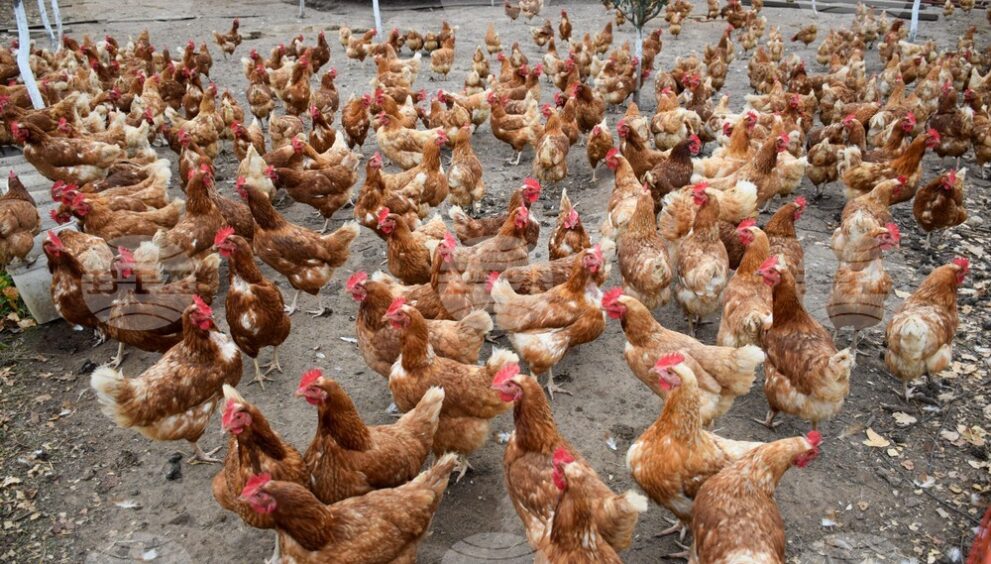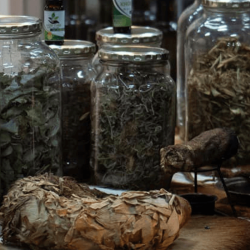Accra, Ghana— In the bustling heart of Ghana’s agricultural landscape, a quiet revolution might be brewing, one that involves a seemingly unlikely ingredient: chicken droppings. While it might sound unsavoury to the uninitiated, a growing number of Ghanaian livestock farmers are seriously exploring the potential of poultry litter as a cost-effective and nutritious feed supplement for their animals. This innovative approach, driven by economic pressures and a spirit of resourcefulness, is gaining traction, prompting scientific scrutiny and hopeful whispers of a sustainable farming future.
The rising cost of conventional animal feed has long been a thorn in the side of Ghanaian livestock farmers. With margins tightening and the demand for protein increasing, the search for alternative, affordable nutritional sources has become paramount. Enter poultry litter – a readily available byproduct of Ghana’s burgeoning poultry industry, traditionally seen as waste.
“The economic reality for many of our farmers is stark,” explains Isaac Baidoo, a researcher at the Ghana Atomic Energy Commission (GAEC), his voice reflecting the urgency of the situation. “Commercial feeds are becoming prohibitively expensive. We have to find sustainable, local solutions, and poultry litter presents a compelling case for examination.”
The concept, while perhaps startling to urban sensibilities, is not entirely new in agricultural circles. Poultry litter, a mixture of manure, spilt feed, feathers, and bedding material, is surprisingly rich in protein, minerals, and residual vitamins. When properly processed and treated, it can offer a valuable nutritional boost to ruminants like cattle and goats, which possess the digestive systems to efficiently break down its components.
“It’s about turning a perceived waste product into a valuable resource,” elaborates Evelyn A. Otoo, also from the GAEC, her enthusiasm palpable. “Our preliminary observations suggest that with the right processing, this can be a game-changer for many small and medium-scale livestock farmers, improving animal health and productivity without breaking the bank.”
The “right processing” is, of course, the crucial caveat. Untreated poultry litter carries risks of pathogens and antibiotic residues. However, techniques like composting, ensiling, or heat treatment can significantly mitigate these dangers, rendering the litter safe and palatable for consumption.
The Council for Scientific and Industrial Research (CSIR) is also keenly observing and contributing to this evolving dialogue. Kingsley Odum Sam of the CSIR emphasises the collaborative effort needed to properly evaluate and implement such practices. “We are working closely with farmers to understand their challenges and to provide scientific guidance on safe and effective utilisation. It’s not just about what can be done, but what can be done responsibly.”
The enthusiasm on the ground is evident. Eunice Adomaa, a livestock farmer from the Eastern Region who has been experimenting with processed poultry litter in her cattle feed, speaks with a glimmer of hope in her eyes. “Before, when the feed prices went up, I would worry endlessly. Now, with this, I feel like I have a bit more control. My cows seem to be thriving, and I’m saving a lot of money.”
However, challenges remain. There’s a need for widespread education on proper processing techniques, quality control measures, and continued research into optimal inclusion rates for different livestock. Overcoming potential consumer perceptions and ensuring consistent safety standards will also be vital for wider adoption.
As the sun sets over Ghana’s fertile lands, the potential of “chicken chips” as a staple in livestock feed continues to be explored. It’s a testament to the ingenuity of Ghanaian farmers and researchers, who are looking beyond conventional solutions to build a more resilient, sustainable, and economically viable agricultural future, one chicken dropping at a time.




